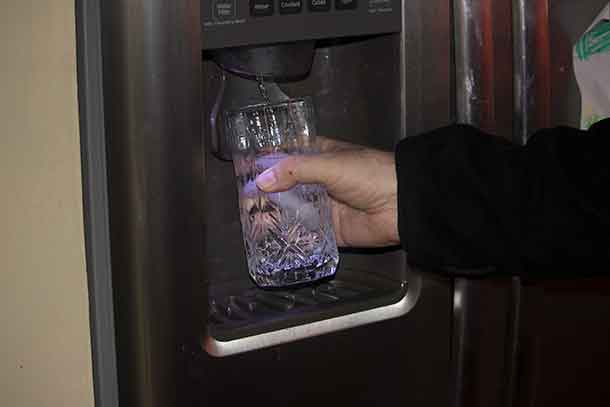
Early results indicate corrosion control is lowering lead levels in Toronto’s tap water
TORONTO – The City of Toronto’s targeted testing of tap water in 2017 indicates significantly lower lead levels, a result of a Corrosion Control Plan implemented from 2009 to 2017. Now that the City has fully implemented corrosion control, it has resumed the regulated lead testing of properties known or suspected of having lead pipes as required by the Ontario Ministry of Environment and Climate Change.
The 2017 tap water test results show significantly lower lead levels compared with previous years. Of the 55 homes and businesses tested, two percent of samples exceeded 10 parts per billion (ppb) and no samples in the water distribution system exceeded 10 ppb. This contrasts with 2008 when 100 homes and businesses were tested and 52 percent of the samples exceeded 10 ppb. In Ontario, the maximum allowable concentration of lead in drinking water is 10 ppb.
“The implementation of corrosion control at Toronto’s four water treatment plants has been completed and we are cautiously optimistic that we will continue to see a reduction in lead levels,” said William Fernandes, Director of Water Treatment and Supply at Toronto Water.
“Toronto Public Health worked closely with Toronto Water on the implementation of this initiative. We are pleased with the results that show a decrease in lead in water from homes with pipes and other plumbing materials containing lead,” said Dr. Eileen de Villa, Toronto’s Medical Officer of Health.
Water produced at the City’s water treatment plants does not contain lead. Lead can be found in water service pipes in homes built before the mid-1950s, in solder used to join pipes together before 1990, and in leaded-brass fixtures, such as faucets and valves. As these items corrode and break down, lead can enter drinking water. Apartment and other buildings with more than six units do not have underground lead water services regardless of age. Lead is too soft to handle the pressure needed for these types of buildings.
The City began implementing corrosion control in 2014, which involves adding phosphate to the drinking water system at the water treatment plants. This forms a protective coating on pipes and household plumbing fixtures, which helps to reduce the potential for lead to enter tap water. Lead can affect how the brain and nervous system grow. According to Toronto Public Health, those most at risk from lead include pregnant women, infants (in particular those who are fed formula made from tap water), and children under the age of six.
Corrosion control is just one strategy the City is using to reduce lead. It is also replacing lead water services on the public side through scheduled capital projects, emergency work, and the Priority Lead Service Replacement Program.





